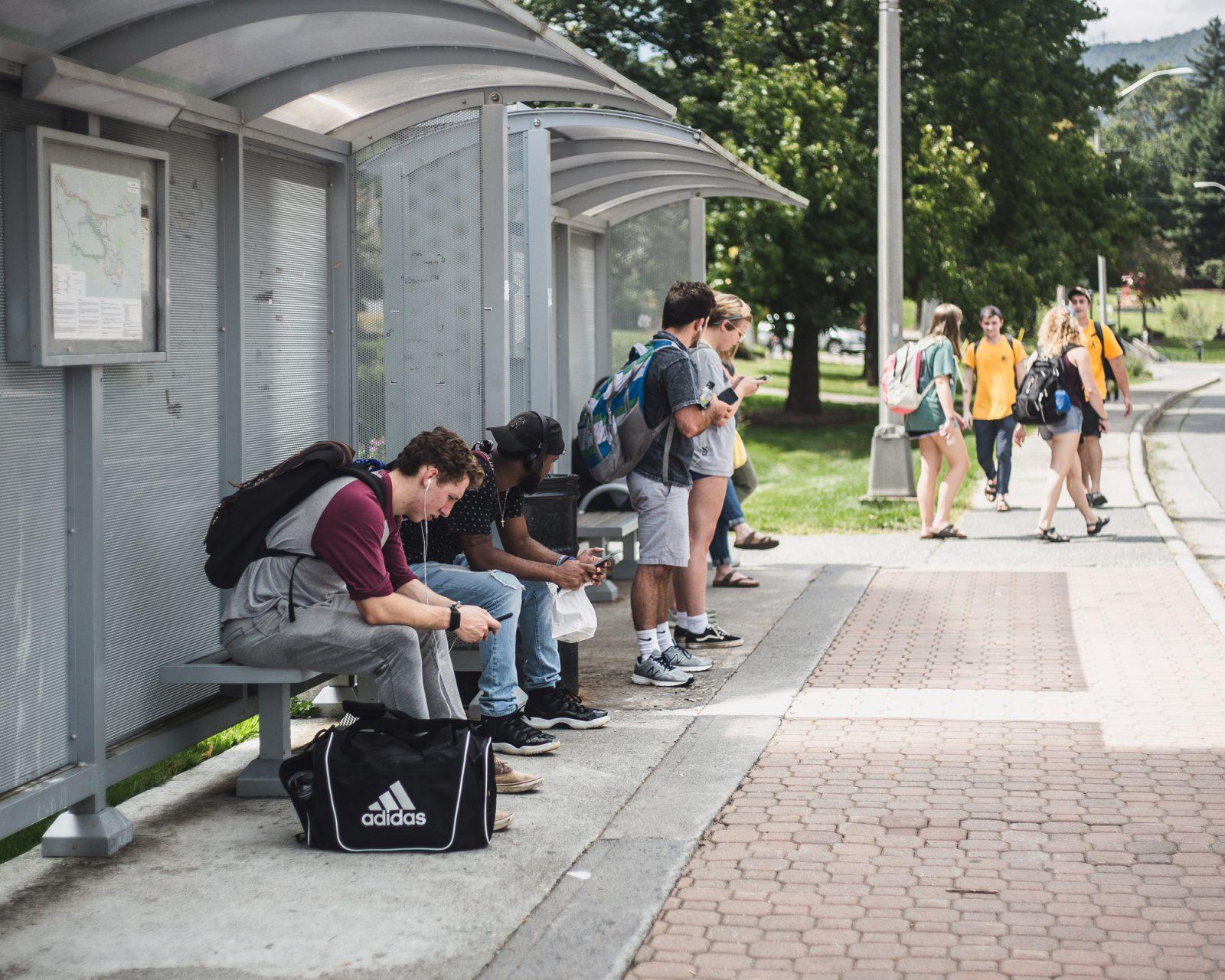OPINION: Abolish standardized college-admissions testing
April 23, 2021
Standardized testing is one of the most well-known instances of institutional power in the United States. Every year, millions of students take college entrance exams such as the SAT and ACT. In 2019, 2.2 million students took the SAT, and 1.78 million took the ACT. However, a growing number of accredited 4-year universities are test-optional, considering students on metrics such as GPA, essays, recommendations and more. Standardized testing is an outdated metric for student success because it is racist and classist. One test on one day in a high school student’s career cannot hope to be an accurate representation of their skills, especially considering extraneous factors.
From the beginning, standardized testing was engineered to enforce white supremacy: in his landmark study “A study of American intelligence,” Carl Brigham chalked up decreasing American intelligence to the presence of Black people, saying America’s intelligence decline would therefore happen faster than was happening in Europe. Brigham had been studying Army testing; his test later went on to become the SAT during his tenure at Harvard. Even if college admissions tests were found to be completely accurate indicators of success, their roots in white supremacy should lead to a reconsideration of their role in testing moving forward.
Even now, students of color and students from low-income backgrounds are more likely to have lower scores. Numerous factors could contribute: for example, low-income students may not be able to afford the test preparation higher-income students can, or lower-income students may need to spend their time working rather than studying. Importantly, however, it is not simply the circumstances surrounding the test that oppress students of color; the test itself contributes to lower scores.
Very controversially, former research psychologist with the Educational Testing Service Roy Freedle published an article in 2003 in the Harvard Educational Review asserting that the way SAT tests themselves are scored indicates bias: Black students, across the board, did better on questions coded as more difficult, while white students did better on questions coded as easier. He found this by coding seven factors affecting difficulty of a test question and using those factors to determine a question’s overall difficulty; he then grouped test-takers by score in ten-point increments from the lowest score (200) to the highest (800) and observed which students in which racial groups got which questions right within their groups. Because the test does not weigh questions accordingly with difficulty, the test can reasonably be said to be biased, giving Black students lower scores despite higher achievement. After an over 40-page rebuttal manual published by the Educational Testing Review itself, another Harvard Educational Review article replicated Freedle’s work with newer SAT data and considered some of the ETR’s criticisms. Santelices and Wilson found in 2010 that the SAT does, in fact, find a correlation between difficulty of test questions, race, and likelihood to get it correct.
The concept “stereotype threat” is the most damning. Stereotype threat describes a phenomenon when a person has an opportunity to confirm a negative stereotype about their group; the threat of confirming or not confirming the stereotype is significant enough to affect the person’s performance on a task. Stereotype threat was proven using the standardized-testing example: Claude Steele and Joshua Aronson found that when a spoken test is said to indicate speaking ability, Black undergraduate students at Stanford performed more poorly than white students, but when it’s stressed that speaking ability isn’t being tested, the correlation disappears. Thus, it’s not unreasonable to infer that stereotype threat lowers students’ scores on standardized tests as well, especially among groups traditionally marginalized by standardized testing. Further, informed by the intersectional approach, students who are subject to more marginalized groups are likely to suffer even stronger stereotype threat.
These arguments don’t even take into account ableism: it is ableist to judge a person’s ability to succeed in college based on their ability to sit still and quietly and complete a timed written test. Yes, accommodations do exist, such as additional time. But that doesn’t address the fact that requiring a student to sit for extended periods of time writing and recalling information can be remarkably difficult for students with attention-deficit disorders, autism, test-taking anxiety and more. Couple this with the fact girls traditionally are significantly underdiagnosed with ADHD or autism (meaning girls are misdiagnosed with other conditions, such as depression, bipolar disorder or OCD rather than diagnosing them with ADHD or autism based on testing criteria modeled on young boys) and you have a likely significant population of people (especially women) who have learning disorders that will not receive any testing accommodations.
Thus, because standardized testing is rooted in racism and remains racist and ableist today, it should be abolished. Numerous colleges have already made testing optional, especially in the wake of testing disruptions related to the pandemic. Choosing a blend of different admissions requirements, including but not limited to essays, personal videos, interviews, high school GPAs, recommendations and resumes means students are invited to show off where they can shine. Because GPAs, resumes and essays still discriminate against a student, it’s important to give them as many opportunities as possible to show what they’re good at. It’s time to admit students to college based on the whole student, not their performance during a test.











